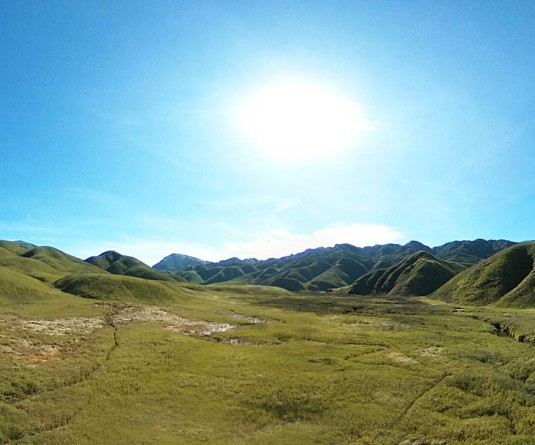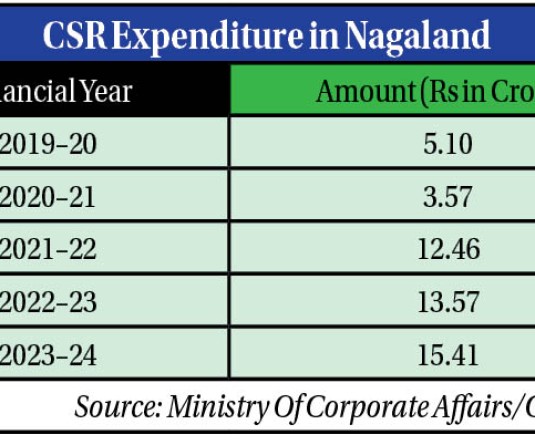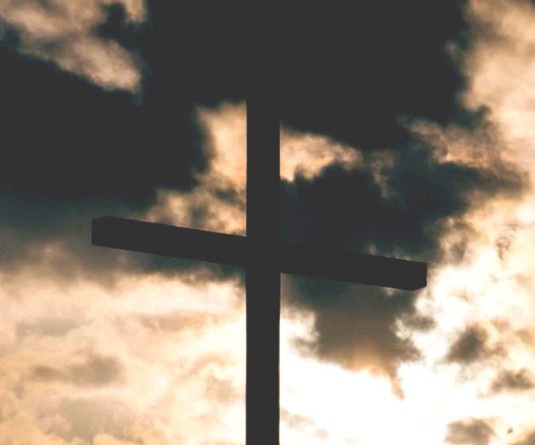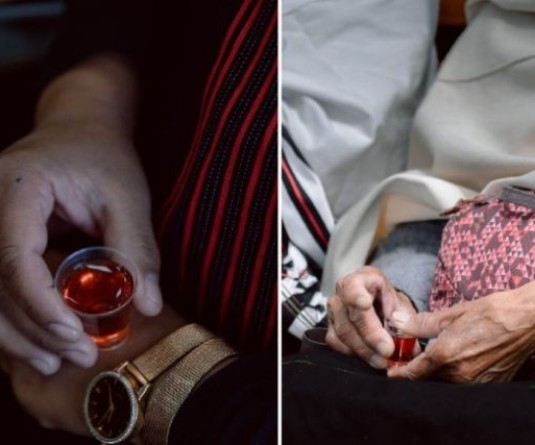
KOHIMA, OCTOBER 24 (MExN): The Naga Peoples Movement for Human Rights (NPMHR) has expressed deep concern and condemnation over what it termed as a “deliberate drone attack” on Khenmoi-Loiyi village in Mon district on October 20, which killed two persons and injured several others.
In a statement issued on October 24, NPMHR recalled that Nagas had declared their independence on August 14, 1947—prior to India and Burma (Myanmar) attaining independence from British colonial rule—and asserted that the Naga territories, located at the tri-junction of India, China, and Myanmar, were never a part of either country. It stated that Nagas have faced “killing” under the regimes of both India and Myanmar, and that the Myanmar army continues to “raid, burn, and destroy Naga villages.” The latter was further alleged of leaving behind landmines that claim civilian casualty, and causing livestock losses.
The statement recounted past incidents of displacement, including one in January 1990 when villagers fled to Pangsha village and Noklak town after their homes were burned. NPMHR said it had mobilized medicines, clothes, and food from Kohima and Dimapur to assist those affected. “We saw these villagers and children with no clothes to wear and scavenging the jungles for food, doing manual works, collecting firewood… to barter for food and shelter etc.” The displaced people were allegedly placed under constant watch by the military making it difficult for relief workers to reach them. “Our NPMHR members had to pretend that we were from the Red-cross with relief materials to give aids to the displaced Naga villagers,” it claimed.
The statement further noted that after the 1998 ceasefire between the Government of India and the NSCN (IM), NPMHR and the Naga Students’ Federation (NSF) visited Throilo and Hoyat villages, where they met with the late Chairman SS Khaplang and the late General Kholi Konyak. During that visit, they reportedly witnessed “houses that were re-built on burned wooden pillars, cows and pigs with shattered and amputated legs, including women and children who had stepped on landmines planted by the Burmese (Myanmar) army.” Villagers, it said, were forced to hide even basic utensils and food items to prevent them from being taken by soldiers.
According to NPMHR, the recent drone strike on October 20 targeted the house of Maj Gen Peyong Konyak, killing his eldest son, Khampei Wangsa, and an eight-year-old girl identified as Phiphot, and injuring several others. It alleged that when a team from the Indian Red Cross Society in Mon district attempted to reach the area to provide medical aid, they were stopped by the Indian Army at the Longwa border junction “saying if the Indian Red Cross Society goes in openly, it may attract international attention.”
The organisation said the October 20 incident was preceded by a similar drone attack on Hoyat village on July 13, 2025. It also drew a parallel with the December 4, 2021 Oting massacre, stating that the Indian Army had entered Nagaland “from Assam” during the said incident, while in the recent Khenmoi-Loiyi incident, “the attack was launched from inside Arunachal Pradesh.”
While stating that it felt inadequate condemning such acts of violence with words alone, it extended prayer for “the speedy recovery of all the injured persons” and expressed sorrow over the deaths of Khampei Wangsa and Phiphot.
Meanwhile, NPMHR conveyed appreciation to the Unrepresented Nations and Peoples Organization (UNPO) for its “meaningful interventions for the sake of all humankind and particularly the unrepresented nations and peoples of the world.”






